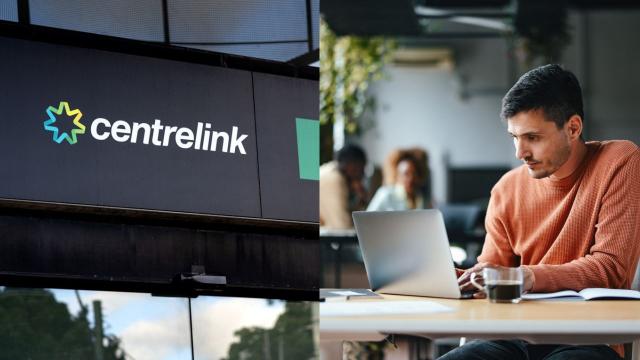As you may be aware, new Centrelink rates for 2024 were announced in March, meaning that folks receiving support payments, like JobSeeker, through the service should be getting a bit of a boost to their deposits soon. If the announcement has you thinking it’s time to apply for JobSeeker support yourself, here is a quick and simple guide to getting that sorted and what you can expect from the payments.
Table of contents
How to apply for Centrelink’s JobSeeker payments
As with any Centrelink support payment structure, you’ll need to visit Services Australia to start the application process for JobSeeker. Hop onto the website here to begin.
There are three eligibility rules you need to meet in order to be able to claim JobSeeker in Australia.
Those are:
- you’re between 22 and Age Pension age
- you meet residence rules
- you meet the income and assets tests
You also need to be one of the following:
- you’re unemployed and looking for work
- you’re sick or injured and can’t do your usual work or study for a short time
It’s worth noting that as of September 20, 2023, single principal carers of children under the age of 14 have been transferred from JobSeeker across to the Parenting Payment Single (PPS) system instead.
Full eligibility details can be found here.
When you begin the claim process, you’ll be asked a number of questions like, ‘Are you claiming JobSeeker Payment for yourself?’ and ‘Do you want to claim online?’ Eventually, you’ll be asked if you have a myGov account connected to Centrelink and from here, you’ll be directed to the myGov system.
Once here, you’ll need to:
- Sign in to myGov.
- Select Make a claim or view claim status, then Make a claim.
- Under Job Seekers select Get started.
- Select Apply for JobSeeker Payment and follow the prompts to complete your claim.
What else do I need to know?
While you register for JobSeeker, keep in mind you’ll be asked for certain documentation to support your claim.
This might include details like your Tax File Number, Financial statement and an employment separation certificate or payslips. Read on about this here.
It’s also worth noting that, if you need to, you can begin your JobSeeker application process as much as 13 weeks before your working situation is altered, and you can officially submit the claim 14 days before your circumstances change.
After you process your claim online, you’ll be provided a receipt with an ID number and the estimated date your claim will be completed.
How much is the JobSeeker payment in 2024?
First things first. The rate you are eligible to receive will change depending on the following:
- if you have a partner
- if you have children
- your age
- how much income you and your partner have been paid in the past 14 days
Rates for JobSeeker Payments are updated twice annually on March 20 (soon!) and September 20.
At present, the breakdown of payment rates is as follows:
| Your situation | Your maximum fortnightly payment from 20 September 2023 |
|---|---|
| Single, no children | $749.20 |
| Single, with a dependent child or children | $802.50 |
| Single, 55 or older, after 9 continuous months on an income support payment | $802.50 |
| Partnered | $686.00 |
| Single principal carer granted an exemption from mutual obligation requirements for any of the following: foster caring non-parent relative caring under a court order home schooling distance education large family. | $970.20 |
Once indexation is applied to these rates on March 20 (watch this space), this is what eligible JobSeeker recipients can expect.
Single JobSeeker payments for folks without a child will increase by $13.50 per fortnight (to $762.70). Singles with children will receive $14.40 more per fortnight (up to $816.90). Singles 55 and over will get $14.40 more each fortnight (to $816.90). Couples receiving JobSeeker payments will each receive $12.30 more per fortnight ($698.30 each). Single JobSeeker payments for principal carer of child, exempt from activity test will increase by $17.50 per fortnight (to $987.70).
You can find more on this via the Department of Social Services here.
Lead Image Credit: iStock

Leave a Reply
You must be logged in to post a comment.